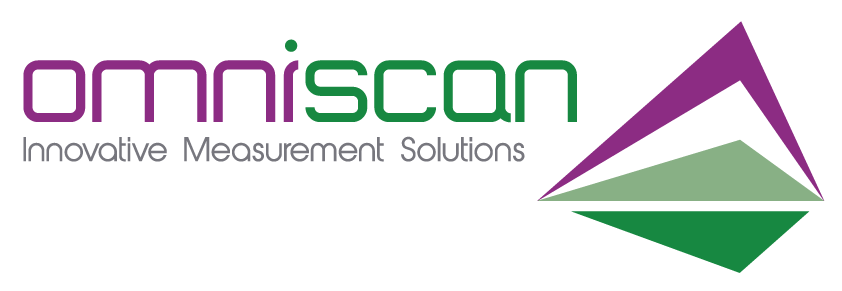What it is and why it matters
Surface roughness plays a critical role in product performance, durability, and overall quality across industries—from aerospace to automotive and precision manufacturing . It refers to the fine irregularities found on a surface, typically left behind by machining, moulding, or finishing processes. While often invisible to the naked eye, these micro-textures can significantly affect how a part behaves in real-world conditions.
Why Surface Roughness Measurement Is Important
Surface texture isn’t just a matter of appearance. Measuring roughness ensures components perform as expected and fit within required tolerances. A surface that’s too rough can lead to excess friction, premature wear, or sealing failures. Conversely, a surface that’s too smooth might not hold lubricants effectively or bond properly with coatings or adhesives.
Regular monitoring of surface roughness helps:
- Ensure performance and reliability
- Improve product longevity
- Maintain tight quality control
- Meet industry-specific standards and certifications
Whether working with metals, plastics, or composites, controlling surface finish is essential for consistent and safe production outcomes.
Precision Measurement Tools for Surface Finish
Modern metrology instruments, such as profilometers and 3D surface scanners, allow for accurate, repeatable roughness measurements. These tools generate detailed 2D or 3D surface profiles and calculate roughness parameters like Ra, Rz, and Rt. Integrating this data into your quality control process ensures parts consistently meet design intent and customer expectations.
Final Thoughts
Surface roughness is a critical indicator of manufacturing quality. Accurate measurement and control lead to better-performing products, reduced waste, and higher customer satisfaction. Whether you’re refining high-precision components or optimising large-scale production, monitoring surface finish is key to maintaining high standards. Read more about roughness and texture measurement, or enquire about how our products can help, here.


